In 1999, femtosecond chemistry; in 2005, femtosecond-based optical frequency combs; in 2018, chirped pulse amplification technology; and in 2023, attosecond science driven by femtosecond pulses. With nearly 30 years of femtosecond laser research, which has won the Nobel Prize four times, the achievements in the field have greatly inspired the "femtosecond community."
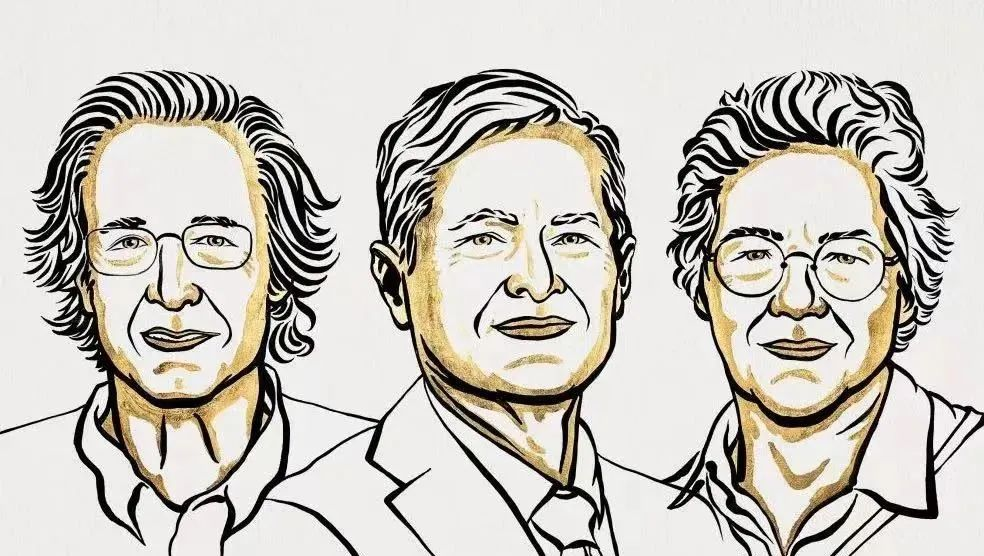
An attosecond pulse is an extremely short light pulse with a duration in the attosecond range (1 attosecond equals 10^-18 seconds). It is typically generated using high-harmonic generation (HHG) technology, which involves the interaction of a strong femtosecond laser pulse with a medium (such as a gas). This interaction causes electrons to be instantly ejected from atoms or molecules, and then rapidly recombine, releasing photons with extremely high frequencies, thereby forming an attosecond pulse.
When it comes to attosecond science, we must mention the world's largest attosecond science facility – ELI-ALPS, located in Hungary. The details of this facility were previously introduced in a post on the WaveQuanta Technology's official account. Please revisit the article: "Closer Look at Europe's Ultra-High Power Laser Facilities: ELI Series (4)." Through its femtosecond laser sources, one can glimpse the most advanced femtosecond laser technologies and leading companies, including the OPCPA system from LightConversion in Lithuania, the coherent synthesis high-power fiber laser from ActiveFiber in Germany, the high-power mid-infrared OPCPA system based on disk lasers from Fastlite in France, and the OPCPA system based on slab lasers from Class5 in Germany, among others.
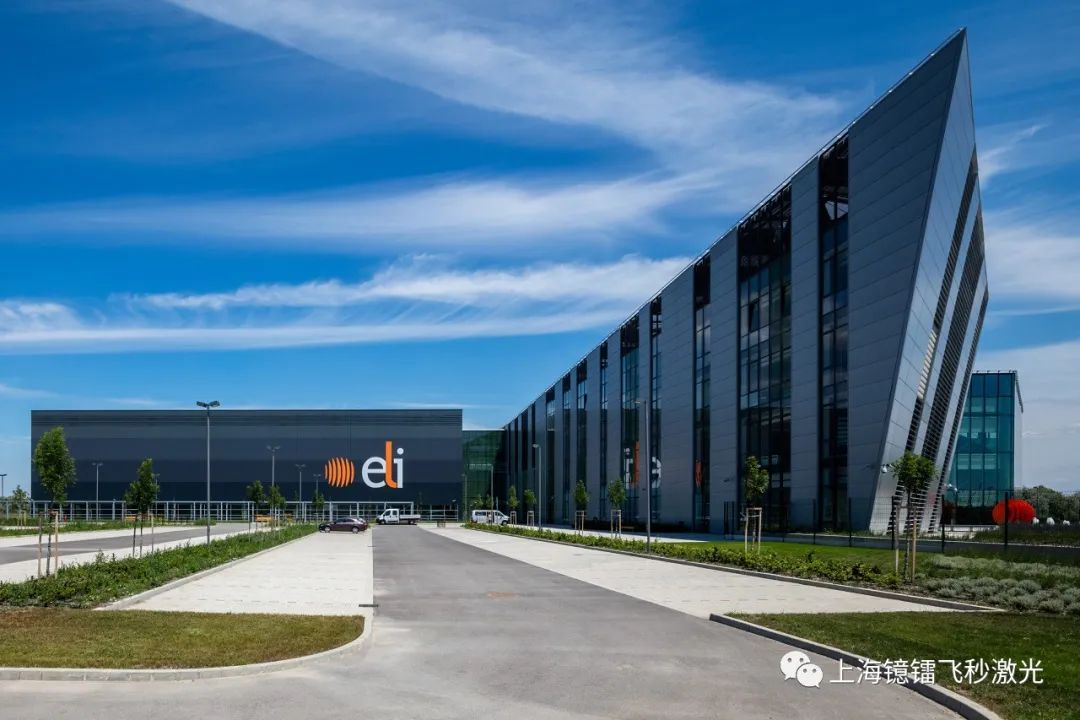
Currently, the Institute of Physics and the Xi'an Institute of Optics and Precision Mechanics, both of the Chinese Academy of Sciences, are leading the establishment of a world-class attosecond science facility. This process will undoubtedly drive the significant advancement of femtosecond laser and attosecond science in China, which is highly promising. However, unlike the industrial environment in Europe, there are relatively few companies in China that can provide support for attosecond science research. More often, the scientific community must independently solve key problems, such as those related to lasers, which presents a significant challenge. At the same time, with the deterioration of international relations, world-class femtosecond laser companies have strengthened export restrictions to Chinese customers. Therefore, addressing the "bottleneck" in attosecond science and achieving the domestication of femtosecond scientific instruments presents both a vast existing market and great potential for future growth.
Based on years of experience in attosecond laser driver source development and the promotion of attosecond science in the market, the author provides a brief analysis of the cutting-edge technologies in the field of attosecond science that are worth investing in, with the hope of sparking further discussion and exploration.
1,High-power femtosecond solid-state laser technology
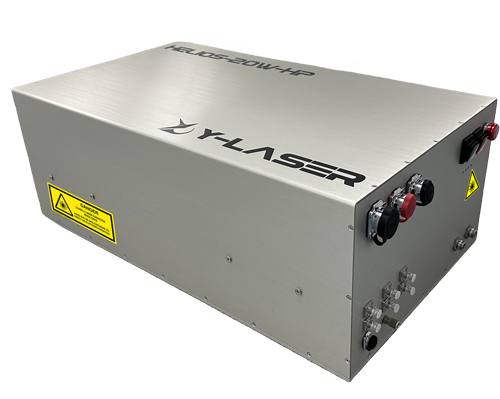
In attosecond science, high-power femtosecond solid-state lasers are key tools for generating attosecond pulses. Through nonlinear processes, such as high-harmonic generation, they compress femtosecond pulses to the attosecond timescale, providing the essential light source for studying and manipulating the ultrafast dynamics of electrons in atoms and molecules, thus advancing our understanding of the microscopic world of matter.
In broader application fields, high-power femtosecond solid-state lasers combine high power output with extremely short pulse durations, providing unprecedented capabilities for precision material processing, optical parametric amplification, high-harmonic generation, medical imaging, and quantum research. Their main advantage lies in achieving extremely high peak power, which enables nonlinear effects that facilitate advanced optical experiments and provide high-precision, heat-free material processing, meeting the diverse needs ranging from fundamental research to industrial production.
2,Tunable optical parametric amplification technology
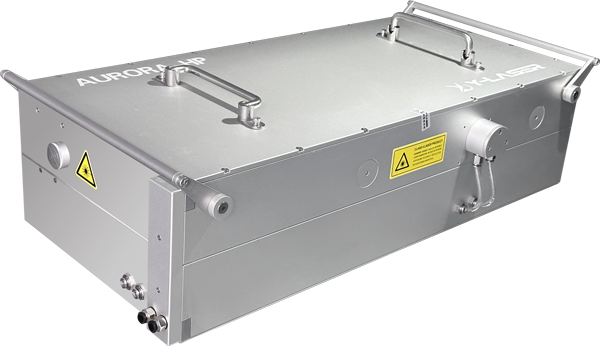
In attosecond science, femtosecond optical parametric amplifiers play a key role by ensuring the generation of broadband,周期-level, carrier-envelope phase-stable, and high-throughput femtosecond pulses. These pulses, through further nonlinear processes such as high-harmonic generation, can be converted into attosecond pulses. This conversion provides an ideal light source for studying the ultrafast dynamics of electrons within atoms and molecules, helping to deepen our understanding of the quantum world and experimental manipulation.
In broader fields, tunable optical parametric amplifiers (OPA) provide broadband, tunable, and short-pulse outputs, allowing users to precisely select the desired laser output across a wide wavelength range. This flexibility and precision make OPAs highly popular in various applications, including spectroscopy, nonlinear optical research, life sciences imaging, chemical dynamics studies, and material characterization, offering powerful and customizable light source solutions for both research and industrial applications.
3,High-harmonic generation extreme ultraviolet (XUV) light source technology

When a strong femtosecond laser pulse interacts with atoms or molecules, it causes electrons to be ejected and accelerated in the laser field. The electrons then recombine with their original nuclei, releasing extreme ultraviolet high-energy photons and generating high-harmonics. These dense high-harmonics can be selected and compressed using specific filters, thereby producing isolated attosecond pulses. High-harmonic generation is a crucial technology for attosecond pulse generation and conveniently covers the 13.5 nm wavelength range, which is widely used in the EUV photolithography ecosystem.
The article published by the U.S. NIST, titled "Report from the Extreme Ultraviolet (EUV) Lithography Working Group Meeting: Current State, Needs, and Path Forward," highlights the use of EUV's short wavelength to probe the size, materials, and dynamic characteristics of deep-nanometer-scale microelectronic devices. This has brought high-harmonic generation technology into the semiconductor field, a market worth hundreds of billions.
4,Extreme ultraviolet (EUV) optical components

In attosecond science, extreme ultraviolet (EUV) optical components provide essential tools and technologies that make complex and precise optical operations and experiments in this short wavelength region possible. At the EUV wavelength range, conventional lenses are no longer suitable due to their unique wavelengths. Specialized optical elements, such as multilayer beam splitters, mirrors, and curved mirrors, are required for pulse gating, modulation, focusing, and imaging. Additionally, EUV optical components play a key role in optimizing and adjusting high-harmonics and can measure and analyze the optical properties of materials under EUV illumination.
In EUV lithography technology, precision EUV optical components play a decisive role. They use specially designed multilayer mirrors to achieve efficient reflection and precise focusing of EUV light, which then works in coordination with reflective masks to ensure that tiny semiconductor patterns are accurately transferred onto silicon wafers. To address the characteristics of EUV light, such as its high absorption rate, these optical components must be precisely designed and manufactured. At the same time, they must be able to consistently control and modulate light pulses to ensure uniform exposure, while also taking measures to prevent potential contamination, thereby ensuring the accuracy and repeatability of the lithography process and meeting the semiconductor industry's demand for higher integration and performance.
5,Electric field molecular fingerprinting technology for ultra-sensitive medical detection.
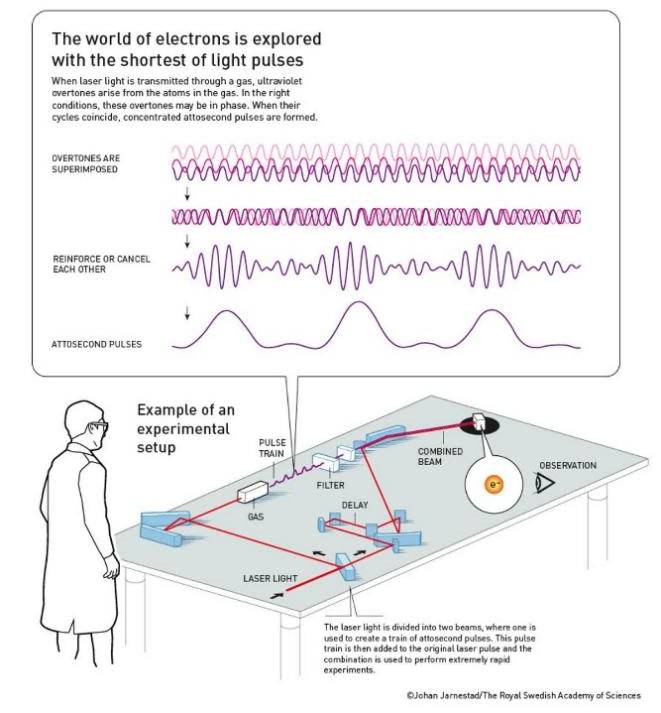
Attosecond pulses enable ultra-high sensitivity for biological and medical applications, especially in the fields of spectral analysis and imaging, providing a unique advantage in obtaining detailed information from samples. According to the Nobel Prize website, the award-winning F. Krausz team combined broadband optics, ultrafast laser sources, and precise femtosecond-attosecond field analysis techniques to develop electric field molecular fingerprinting technology to detect changes in molecular composition in biological fluids. This provides a new in vitro diagnostic analysis technique for detecting disease-specific molecular traces through blood samples. Its significant advantage lies in the ability to simultaneously monitor many molecules, with the radiation used being non-ionizing, thus posing no harm.
This method can be used for non-invasive detection and analysis of biomolecules, such as proteins, nucleic acids, and small molecules, and has the potential for early disease diagnosis. At the same time, it provides extremely high temporal resolution, allowing researchers to observe and analyze the ultrafast dynamics of molecules and electrons. Overall, although the use of attosecond pulses in blood testing and other biomedical applications is still an emerging field, their potential for high sensitivity and resolution holds great promise for future medical diagnostic technologies.
Finally, to instill greater confidence in investors, it must be made clear that the cutting-edge technologies used in attosecond science are not exclusive to it. For example, femtosecond lasers are the core driving source for generating attosecond pulses, but they are already playing an irreplaceable role in precision advanced industrial manufacturing. Optical parametric amplifiers are the ideal choice to ensure the generation of isolated attosecond pulses with the required pulse duration and carrier-envelope phase stability, but their "low-end" versions are already indispensable tools in materials science, precision spectroscopy, and life sciences. The precursor to isolated attosecond pulses is high-harmonic generation. According to the NIST report on EUV lithography, tabletop high-harmonic-based extreme ultraviolet (EUV) light sources, as key analytical tools, will play a significant role in the photolithography ecosystem. Therefore, the frontier technologies in attosecond science, which encompass precision advanced manufacturing, semiconductors, materials science, and life sciences, are all valuable investments in "hard technology."
Due to the limitations of my expertise, there may be oversights or even errors. Please feel free to correct me. Investment carries risks, and decisions should be made with caution. For more detailed information, please contact us directly.
References:
(1) https://tsapps.nist.gov/publication/get_pdf.cfm?pub_id=956144
(2) https://www.nobelprize.org/uploads/2023/10/advanced-physicsprize2023.pdf
(3)M. Zigman, M. Huber, K. Kepesidis, L. Voronina, F. Fleischmann, E. Fill, J. Hermann, I. Koch, T. Kolben, G.B. Schulz, F. Jokish, N. Reinmuth, W. Gesierich, J. Behr, N. Harbeck, M. Reiser, C.G. Stief and F. Krausz, Ann. Oncol. 33, S580 (2022).
作者介绍
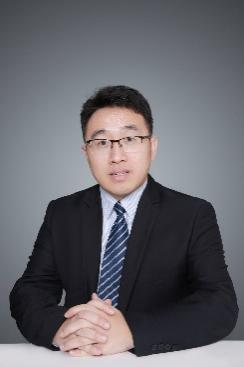
Liu Cheng, General Manager of Shanghai Yilei Femtosecond Laser Technology Co., Ltd. He holds a Ph.D. from the L07 group at the Institute of Physics, Chinese Academy of Sciences. This research group was the first in China to generate and measure isolated attosecond pulses. The core researchers from this group currently lead the Dongguan Attosecond Science Facility.
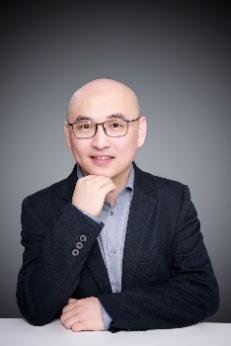
Wang Rui, R&D Director of Shanghai Yilei Femtosecond Laser Technology Co., Ltd. He holds a Ph.D. from the L07 group at the Institute of Physics, Chinese Academy of Sciences. This research group was the first in China to generate and measure isolated attosecond pulses. The core researchers from this group currently lead the Dongguan Attosecond Science Facility.
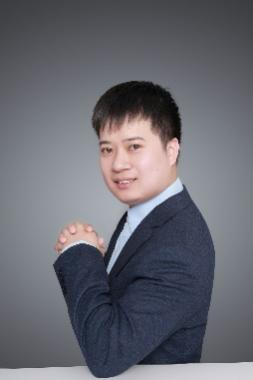
Wang Pengfei, Head of Nonlinear Products at Shanghai Yilei Femtosecond Laser Technology Co., Ltd. He holds a Ph.D. from the Shanghai Institute of Optics and Fine Mechanics, Chinese Academy of Sciences. Since his graduate studies, he has been engaged in the research and commercialization of optical parametric amplification technology for attosecond driver sources.

Wang Hancheng, Head of High-Power Femtosecond Solid-State Laser Products at Shanghai Yilei Femtosecond Laser Technology Co., Ltd. He holds a Ph.D. from Colorado State University. Since his graduate studies, he has been engaged in the research and commercialization of femtosecond laser technology for use in attosecond and EUV driver sources.

 AI Assistant
AI Assistant